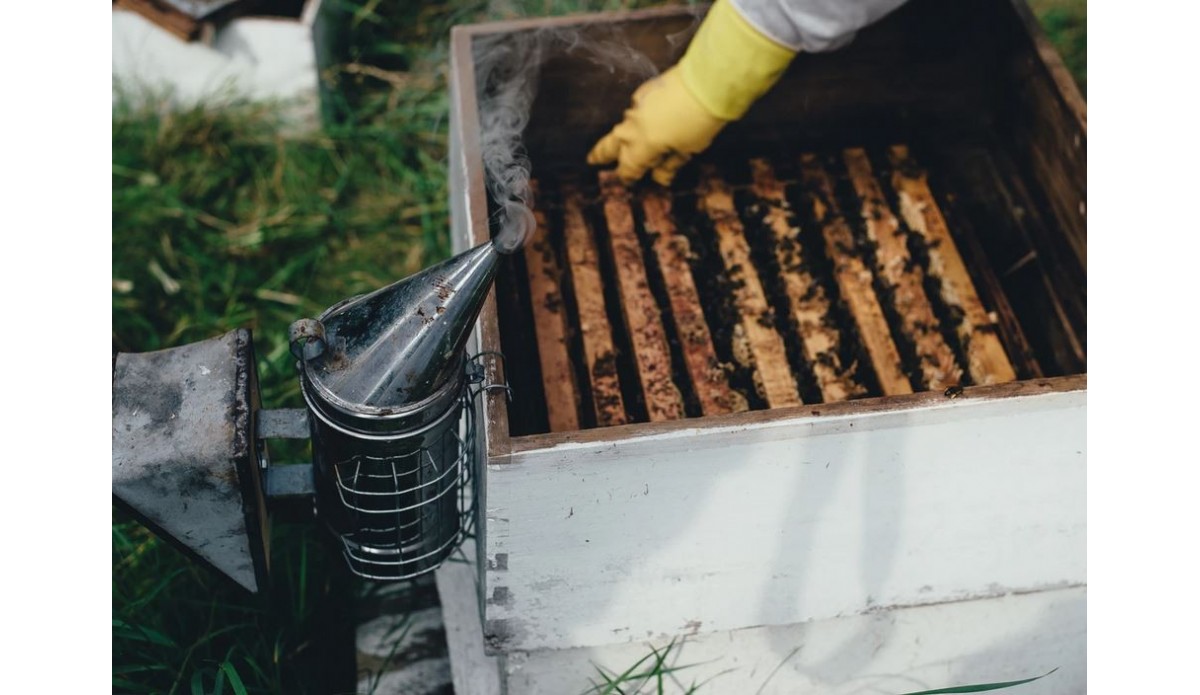The smoker

Functions and what herbs we can put
The smoker is an indispensable tool for the beekeeper when handling the hives of his apiary.
There are several kinds of smokers and materials in which they are manufactured.
Today we are going to focus on the role of the smoker and the plants and herbs that we can use as fuel.
The smoker, as his own name indicates, serves to make smoke. By spraying the bees with smoke, the beekeeper makes bees believe that there is fire. When the bees believe there is a fire, the bees begin to eat honey so they can escape the fire and survive with the reserves of honey in their stomachs.
By eating honey and having a full stomach, bees do not have as much ability to bend their abdomen to attack, so the beekeeper can handle the hive with less risk of being stung.
Each beekeeper has his own technique to light the smoker, and each beekeeper has his own recipe at the time of manufacturing the fuel inside the smoker.
It is important that the smoke that is applied is not a hot smoke, since otherwise the bees could be irritated. Ideally, it should be a white smoke and not hot. Ideally, first apply smoke to the hive or hive inlet (minimum and constant smoke, so that no hot smoke comes out), wait approximately one minute, and then proceed to lift the top hive lid. Then, apply smoke in the hive boxes in a smooth and constant way (remember that the smoke should not be hot, for this, we will proceed to emit smoke in a minimal and constant way). Each beekeeper, according to his own experience and the particular situation of the hive will emit more or less amount of smoke and for more or less time.
In this blog post we are going to suggest some herbs and plants that you can use as a smoker fuel:
Eucalyptus: we can put dried eucalyptus leaves in the smoker.
Rosemary: the branches of rosemary (which is abundant throughout the Iberian Peninsula) are a good option to put inside the smoker.
Dried thyme: highly recommended.
Oregano: Oregano produces thymol. Thymol is used to complement the fight against varroa.
Mundoabejas.com team







Comments
No comment at this time!
Leave your comment